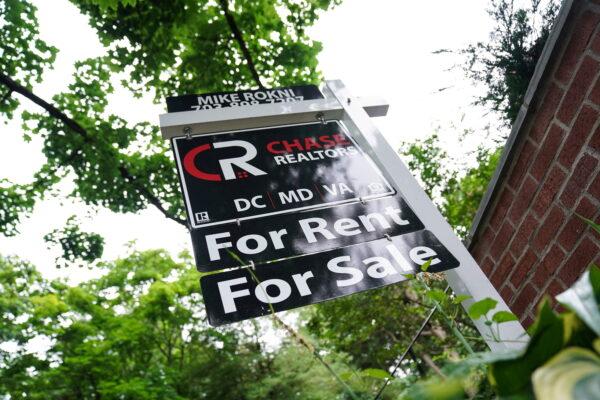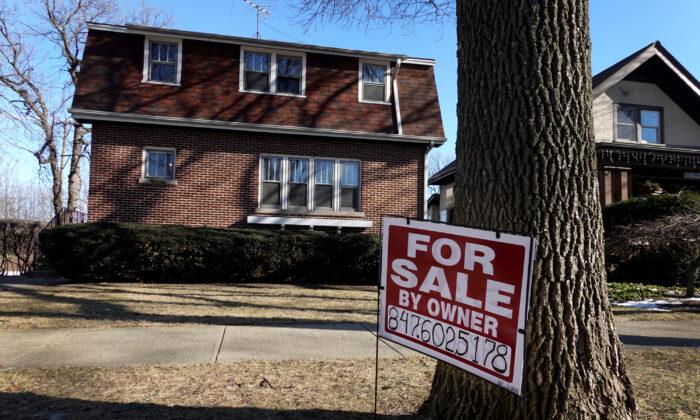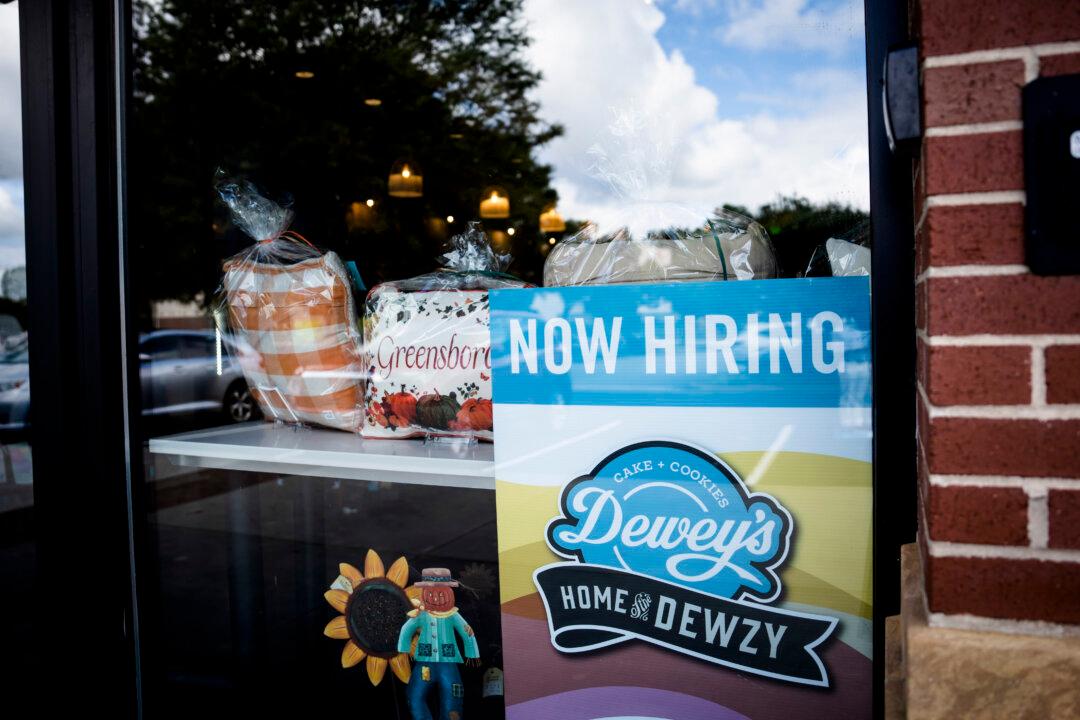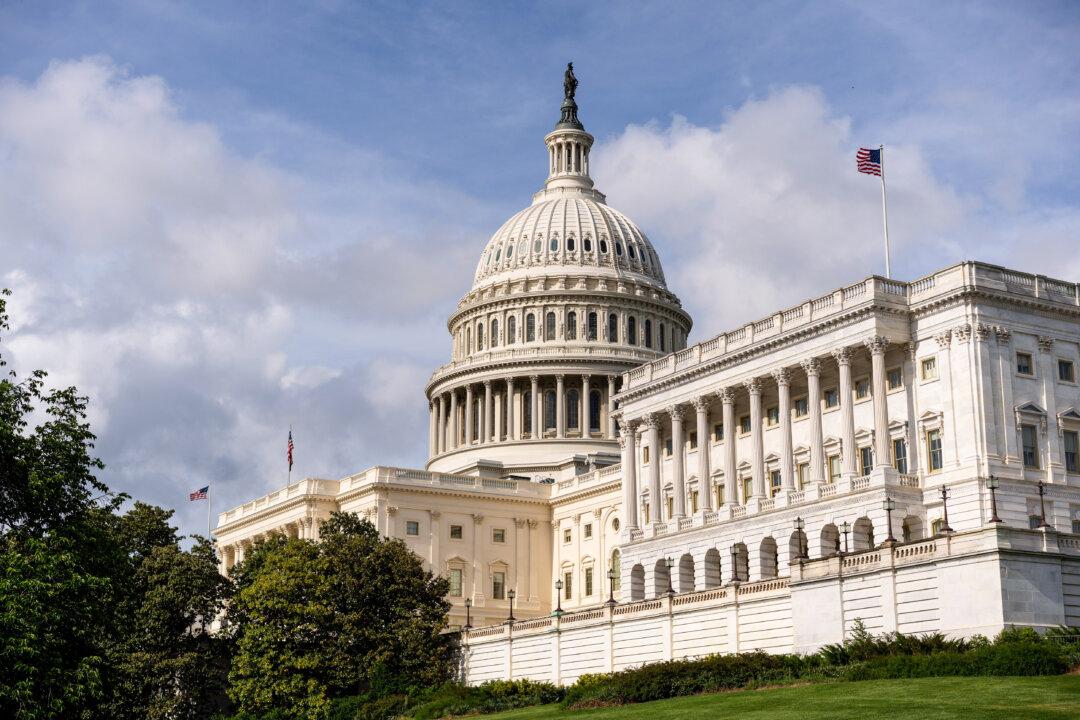A new survey revealed that U.S. mortgage rates continue to rise as interest rates adjust in response to stronger-than-expected economic growth.
According to Freddie Mac’s Primary Mortgage Market Survey, the 30-year fixed-rate mortgage (FRM) averaged 6.5 percent for the week ending on Feb. 23, up 18 basis points from 6.32 percent in the previous week. At the same time a year ago, the 30-year FRM averaged 3.89 percent.
The 15-year FRM averaged 5.76 percent, up 25 basis points from the average of 5.51 percent a week ago. Last year, the 15-year FRM averaged 3.14 percent.
Homebuyers who purchased a $500,000 home with a 6.5 percent 30-year FRM with a 20 percent down payment would have a monthly cost of $2,528. This is up from $1,884 a year ago.

In recent weeks, investors had shifted their interest rate expectations amid elevated inflation readings and better-than-expected labor and retail sales data. This has led traders to pencil in the Federal Reserve raising the benchmark fed funds rate through the summer, sending Treasury yields higher. The 10-year yield, which is trading at about 3.9 percent, acts as a benchmark for mortgage rates.
The rising-rate climate is weighing on housing affordability, industry experts say.
“With continued rising interest rates, some buyers have been knocked out of the market and will continue to be so,” Nicole Beauchamp, a senior global real estate adviser and co-chair of the New York Residential Specialist Designation at the Real Estate Board of New York, told The Epoch Times.
Obtaining financing has also become out of reach for many prospective homebuyers, according to Alex Shekhtman, founder and CEO of LBC Mortgage.
“This is causing many potential homebuyers to hesitate when considering purchasing a home, as higher interest rates mean more expensive loans,” he told The Epoch Times. “With prices outpacing wages and higher interest rates adding additional stress onto buyers’ budgets, many prospective buyers are unable to obtain financing to purchase their dream homes or even qualify for certain loan products due to their income level.”
Lazer Sternhell, CEO of Cignature Realty, said that overall, inflation is affecting homeownership since the same dollar will struggle to be allocated toward both food and mortgage payments.
“If inflation were tempered, homebuyers may be able to plan better for the future,” Sternhell said.





